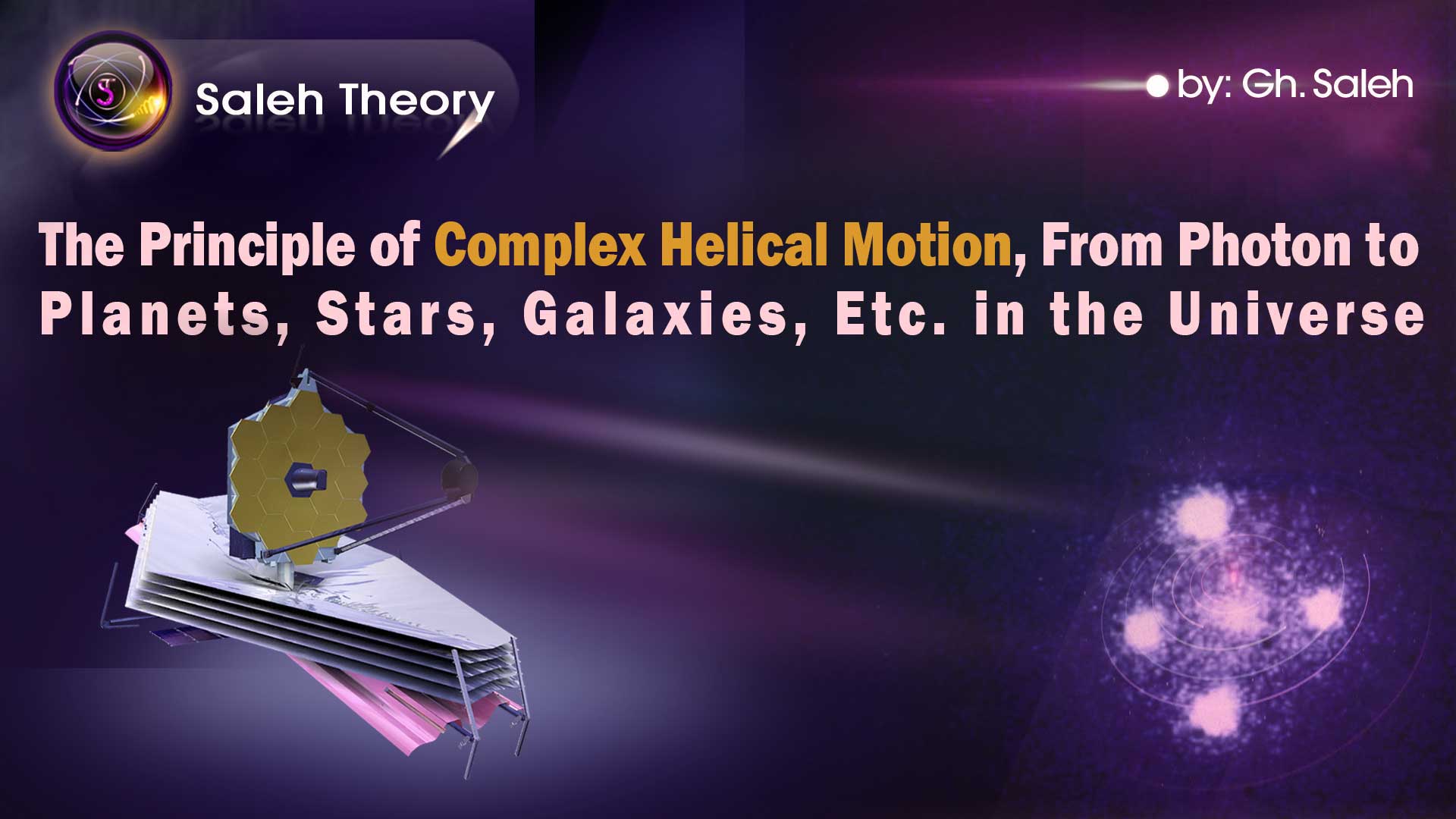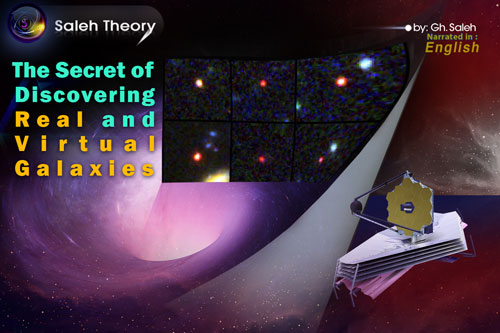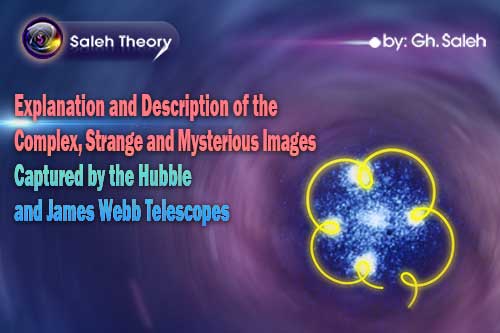
Explanation and Description of the Complex, Strange, Mysterious Images Captured by the Hubble and James Webb Telescopes
Every celestial object in the universe has a specific orbital path of its motion, such as the orbital motion of the Moon around the Earth, the orbital motion of the Earth around the Sun, and the Sun in the Milky Way galaxy. The path of the motion of the Moon around the Earth is like the path of the Earth around the Sun, and the Sun’s path in the Milky Way galaxy is a simple closed curved path.
But, in the real universe, these paths combine with each other willy-nilly. In other words, since the Moon’s motion depends on the Earth, the Earth’s motion depends on the Sun, and the Sun’s one depends on the central black hole of the Milky Way galaxy, the Moon should have a combined path, resulting from its motion around the Earth and the Earth's one around the Sun.
The combination of the first and second orbits could form a simple helical motion path. If the third orbit is also added, the combination of these three orbital motions creates a complex helical path for the Moon. Therefore, it can be said that all celestial objects have a continuous and simple orbital motion.
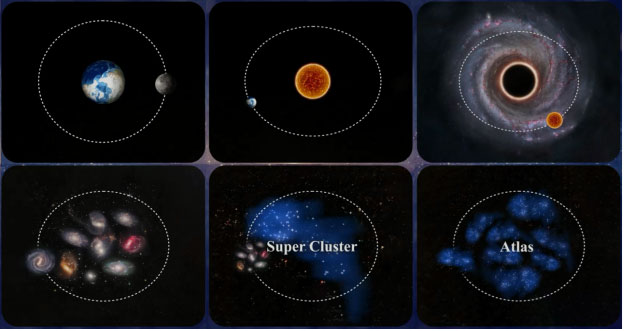
But when two orbits of its motion are combined, the result would be a helical path. And when three orbits of motion are combined, the path becomes a complex helical motion
Notice:
If the final path for a celestial object resulting from the combination of more than three orbits (4, 5 and 6), due to the distance and the small radius of the initial orbits compared to the subsequent ones, the initial paths will be appear as a line. In fact, the best image of the movement path of celestial objects is the combination of three continuous consecutive orbits. For a better understanding, we can consider the motion path of a photon as well. [1]
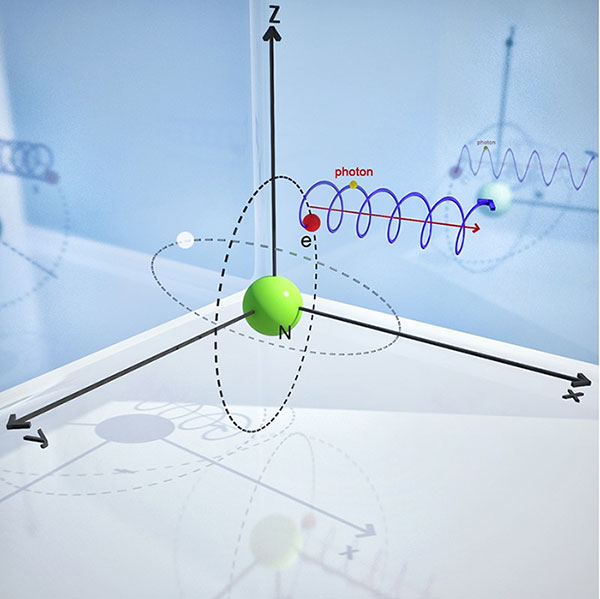
As we know, the Hubble and James Webb telescopes are among the largest and most advanced telescopes in the world. Now let's explain and describe the captured images from them.
In this image, we observe several similar and same galaxies. It can be easily said that these images represent a galaxy with a complex helical motion path. Considering that the complete rotation time of a galaxy around its cluster or supercluster center could be millions of years, and the distance of observers (Hubble/James Webb telescope) could be billions of light-years, it is evident that within the time interval that light reaches the telescope, the mentioned galaxy may have completed several cycles of its rotation.
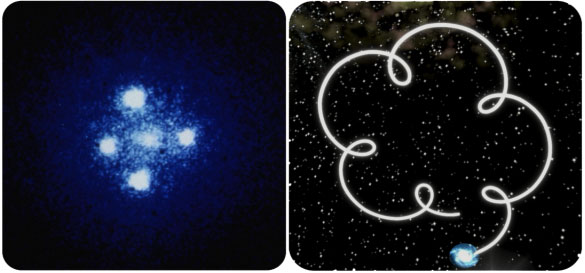
Therefore, when the image of that galaxy reaches the telescope, we see a multi-galaxy image. Actually, the time difference between the arrival of light from the galaxy to the observer and the time of one complete rotation of the galaxy in its orbit, causes us to see several similar and same galaxies.
Notes:
1. Based on the image and the complex helical motion path of this galaxy, and the need for symmetry in the image, our prediction is that one of the illuminated rings is missing in this image.
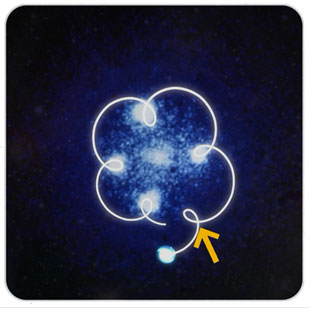
2. The radius of the first orbit is always smaller than the second, and the second is always smaller than the third. Thus, we always expect to see the divergence in the motion path of celestial objects. Indeed, when there is a transition from a smaller radius to a larger one, our motion path exhibits divergence, and in the presence of a return path, we can also expect convergence.

Result:
All moving objects in the universe, from the smallest (photons) to planets, stars, galaxies, clusters, etc., have the complex, complex, complex helical motion path.
References:
[1] Saleh, Gh., et al. "A New Explanation for the Color Variety of Photons", 2018.



